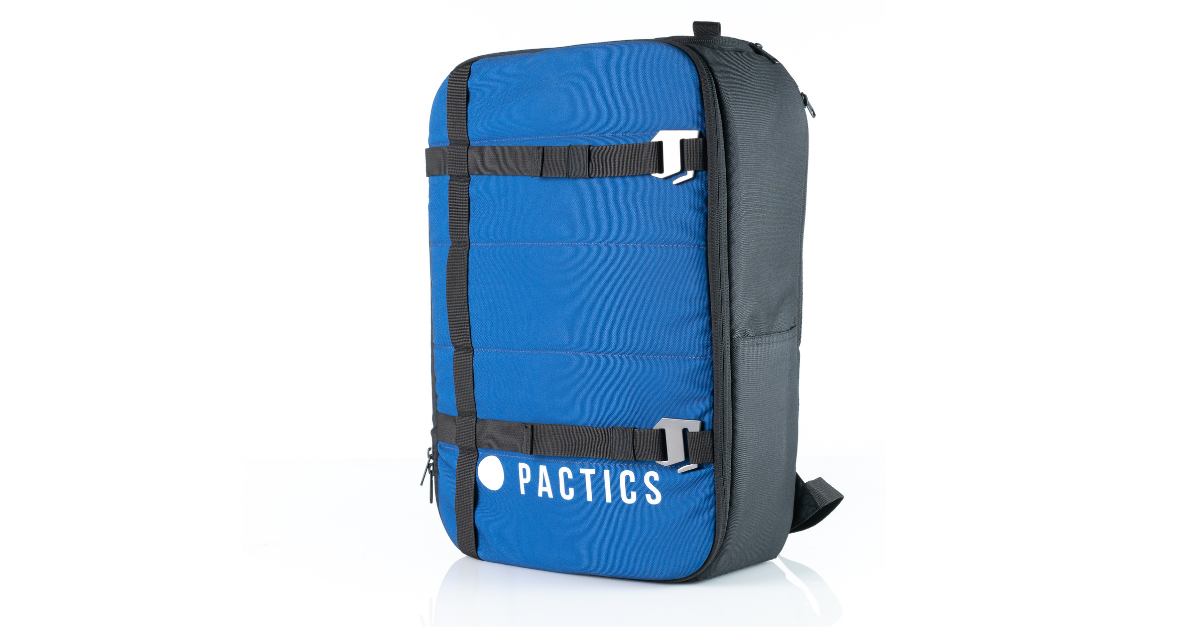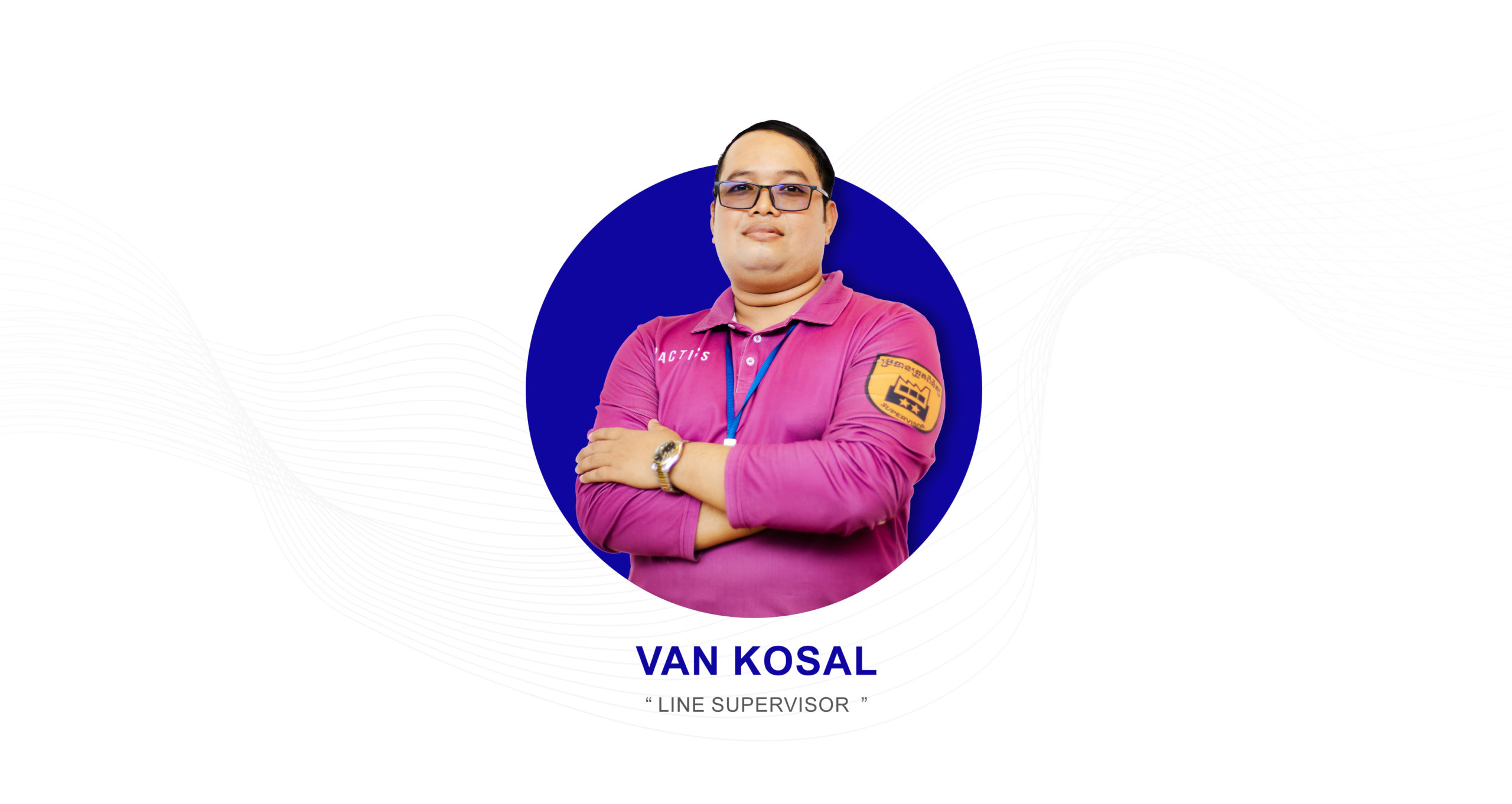While the fashion industry accounts for 10% of global carbon emissions, in recent years, manufacturing apparel sustainably has become more popular. Increased collaboration in the value chain is key in improving sustainability in the fashion industry, but it isn’t an easy task. So, how can a single organization approach sustainability?
Main factors to consider
In addition to producing goods that don’t harm the environment, sustainability is about enhancing employee, community, and product safety. What main factors should you take into account if you want to produce your products sustainably?
The first question you must ask yourself is what type of products you’re looking to produce, as well as what the products will be used for.
- Products
The first question you must ask yourself is what type of products you’re looking to produce, as well as what the products will be used for. This step is necessary for determining the raw materials you’ll need. A cotton backpack, for example, won’t be very suitable for outdoor hiking activities, however, cotton is an appropriate material for producing a t-shirt.
If you are serious about sustainability, it only makes sense to look at the entire process, as some practices might appear to be more sustainable than they actually are.
- Materials
Once you know the basic information about your products, you can then look into suitable materials that are available. It’s important to note that the sustainability of a material is dependent on many different factors: What are the raw materials that are used? How are the materials processed? What methods are involved in processing, and what is the environmental impact? How easily can the material be re-purposed once the product has been used?
If you are serious about sustainability, it only makes sense to look at the entire process, as some practices might appear to be more sustainable than they actually are. It’s also crucial to partner with suppliers that source from suppliers who have the right certifications, as some might falsely present their (raw) materials as sustainable.
- Production facility
The facility in which the products are produced is important as well. How is the facility handling its surrounding environment? What production methods are used, and what are their environmental impacts? How is the facility treating their employees in terms of safety and working conditions? Does your production partner have the expertise in the total value chain, and is it sourcing from certified suppliers? Asking yourself these questions will help you partner with the right suppliers.
Every participant in the value chain plays a role in producing sustainable apparel – from the farmer all the way down to the consumer.
- Value chain
Every participant in the value chain plays a role in producing sustainable apparel – from the farmer all the way down to the consumer. In order to be successful, it is important to have the right partners in the chain that are aligned with important aspects including sourcing, production, packaging, and sustainable supply chain solutions in order to reach your sustainability goals.
Partnerships as the key
At Pactics, we know sustainability is a complex practice. There is not one universal solution, and it involves the entire value chain. That is why we take pride in helping our customers figure out what sustainability means for them, and how we can create lasting change together. Would you like to discuss your future of sustainable manufacturing with us, or find out more about our solutions? Contact us today




